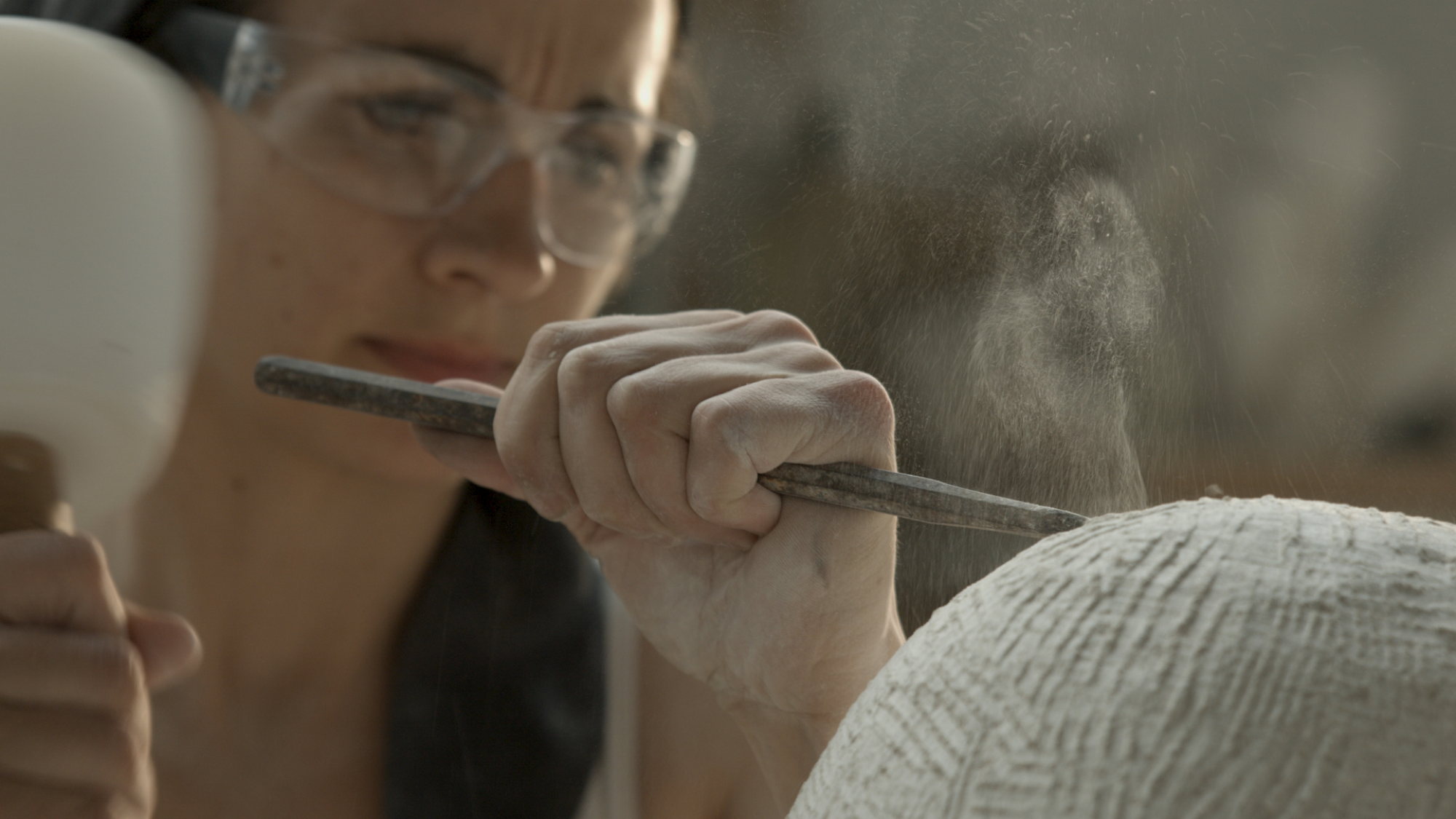
Providing the foundation of their creative partnership aptly monikered Eyes & Ears, Jack Webber and Tommaso Di Paola’s series of portrait documentaries seek to convey the diverse passions which drive us as individuals. The pair take DN through the series and the production revelations discovered during the creation of latest instalment A Continuous Shape, which captures the unique character and processes behind the work of contemporary stone carver Anna Rubincam.
We met through a photographer we were both working for. We spoke on set and realised we shared ideas and taste in filmmaking. We referred each other for jobs and ended up on a couple of commercial projects together but it wasn’t until a year after we first met where we actually worked on our first documentary together. In terms of how we approach our projects, we share all the responsibilities, yet while Jack is more of the cinematographer and Tommaso is more of the editor. We constantly bounce ideas off each other and see what works for both and go with that.
We started Eyes & Ears by making a series of films that revolve around the idea of people who are passionate about what they do. Whether it’s a hobby like Vivienne Rickman Poole from our first film Afterglow, a sport like Paul Manning from Nobility of the Air or a craft like Anna Rubincam from this last film.
We don’t really have a method in how we pick our films, we sort of build confidence in a subject based on the story and images we can relate with it the more we learn about it. We met Anna at a local theatre production in London (she is also an actress), we really liked her personality and the work she was doing so we asked if we could come visit her in the studio. Once we saw how she worked and the space she was working in we were sold.


We shot most of the film on a Blackmagic 4K Cinema which we own and a Sony FS7 for the slow motion sequences which we rented for a day. We knew instantly from walking into Anna’s studio that the natural light was going to be key. The studio had a large maybe 50ft west facing skylight which hadn’t been cleaned in a while. A layer of dirt had built up over it providing a nice layer of diffusion. It was a gift and we knew in the afternoon we would get some amazing light and chose to backlight, for the most part, to give shape to the images. When the lighting was flatter we did introduce light sources including the interview. For these, we used a set of Arri redheads used directly and bounced with various diffusion, gels, and grids.
Our documentaries are mostly self-funded so, what worried us the most was the time it required to film the entire thing. Anna worked on the portrait for three weeks, 5 days a week, we filmed for roughly 10 days, which was a big commitment for all of us. Fortunately, we managed to finish everything without too many hiccups.

We kind of knew about the process from talking to Anna, so we knew some of the shots we wanted: the very first shot where you see Clunie being measured we had in mind from the beginning. We thought it was a nice shot to drag people in as you don’t really know what is going on. Some shots we were blessed with, like the outside shot with the dust we knew we wanted from the beginning but never expected such a nice light.
What we thought was the problem in the beginning ended up being our greatest asset.
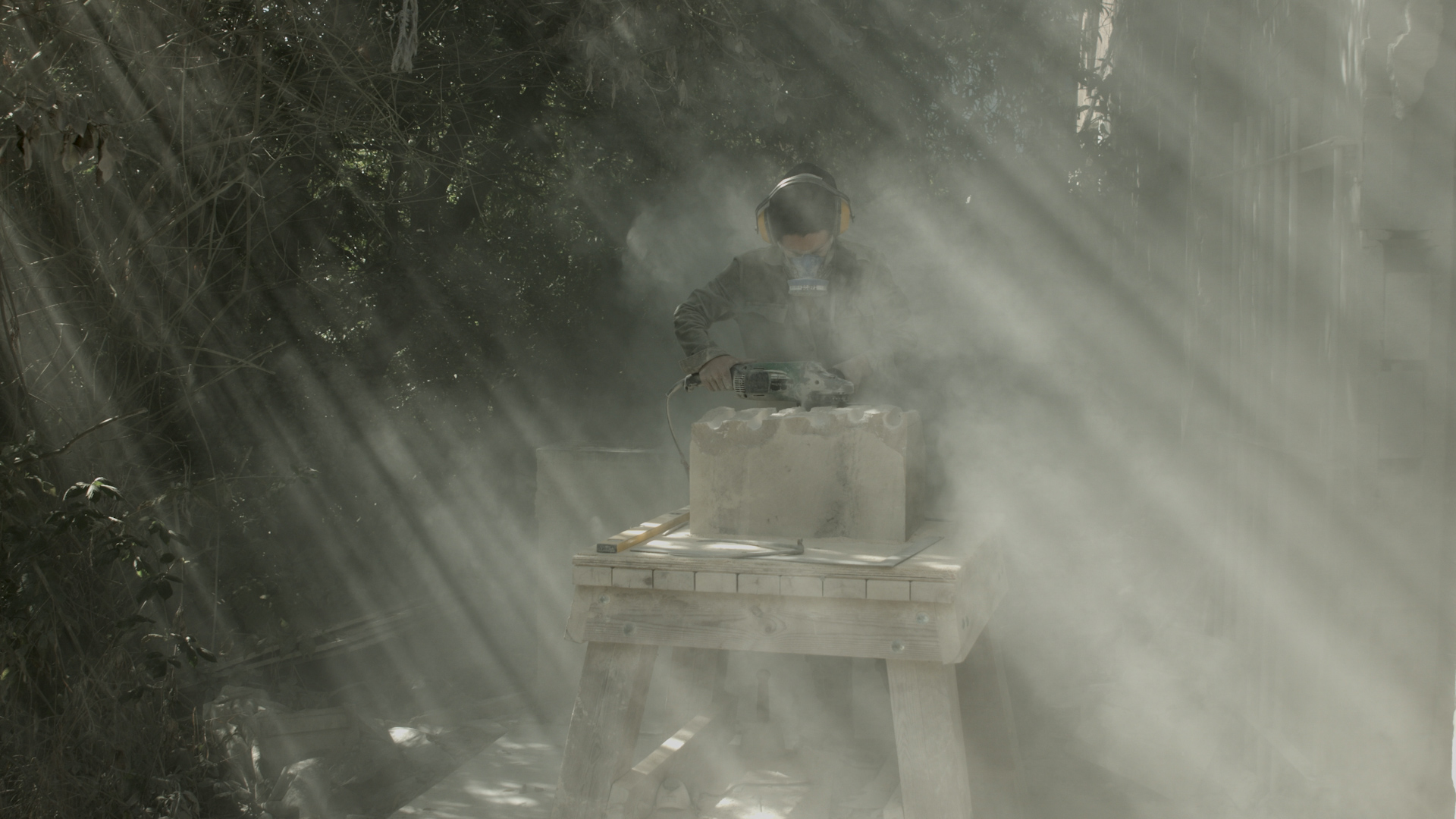
Given that Anna’s process is ‘set in stone’, we didn’t have the opportunity to repeat things as she was working. We opted for zoom lenses which allowed us to quickly vary the framing. In the end, we settled on a 18-35 Sigma Art, 24-70 Tamron and a 100mm Canon. We knew we wanted a natural and organic looking image and decided to shoot with wide apertures to get a shallow look.
It was very nice to film with Anna for such a long period of time. We usually only have a few days to film but for Anna we had the time to use different approaches in how we filmed. Some days we would simply follow Anna as she worked in a reportage sort of style, staying out of her way. Other days we could make more prepped shots, like her drinking the tea or the walking and drawing table shots. We also developed a more intimate relationship with her, and that gave us the opportunity to build a portrait which we hope is more emotional and deeper than what you would usually see in a process film.
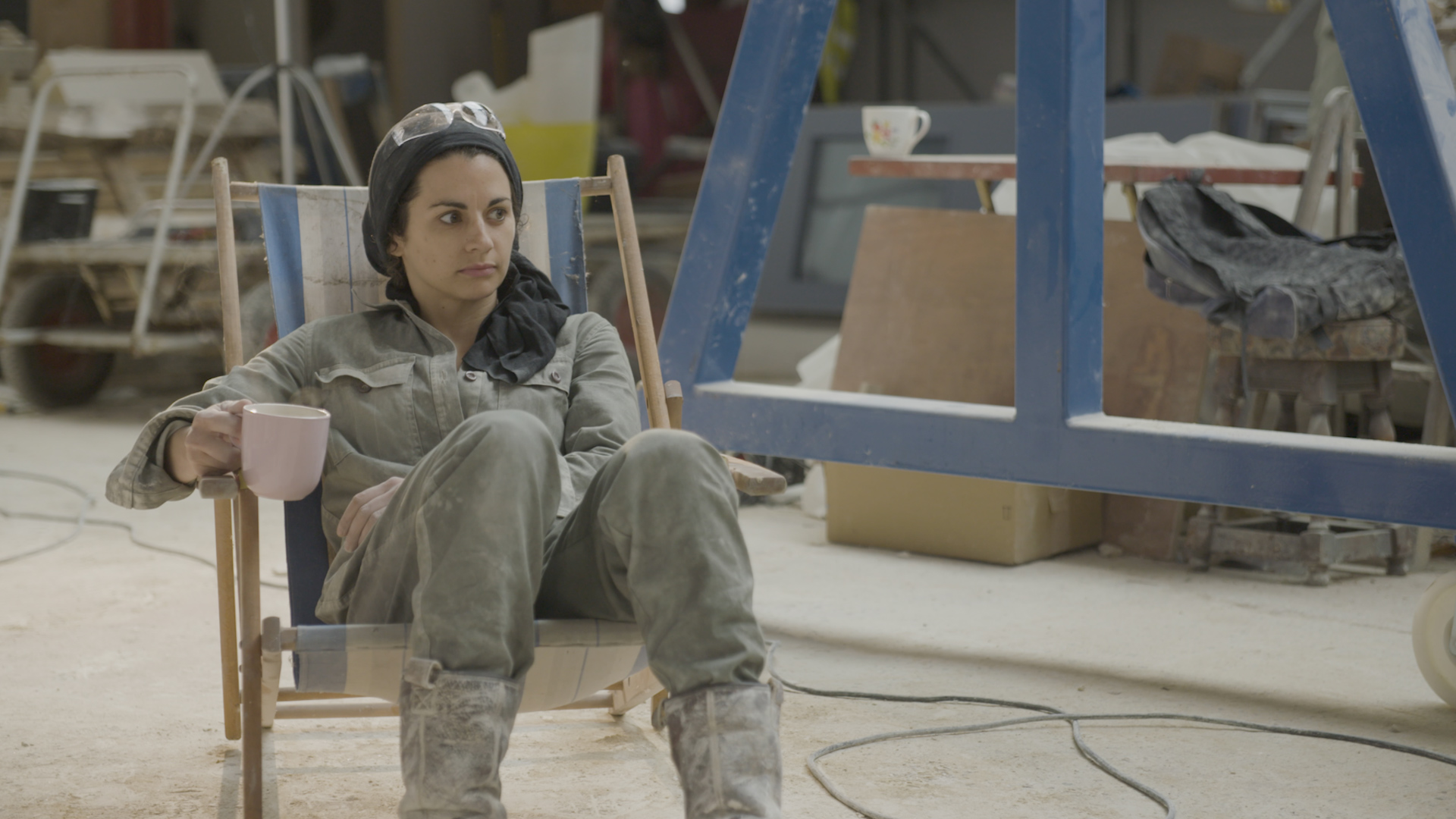
Initially, we thought we would edit in a month, which ended up being three due to other commitments we had. The way we approach post is usually the same for all our projects, we don’t know if it’s the right way to do it but it’s what we go for. We basically look at every single shot and make a select timeline for that, use the interview to guide us and build the main edit from the selects and the interview.
We had so many different angles for each sequence that after going through hours and hours of footage the sequences would sort of build themselves. If we didn’t like an angle we had three more to choose from. There was no need to scrape the barrel and force the cuts. It was long but it came easily in the end.
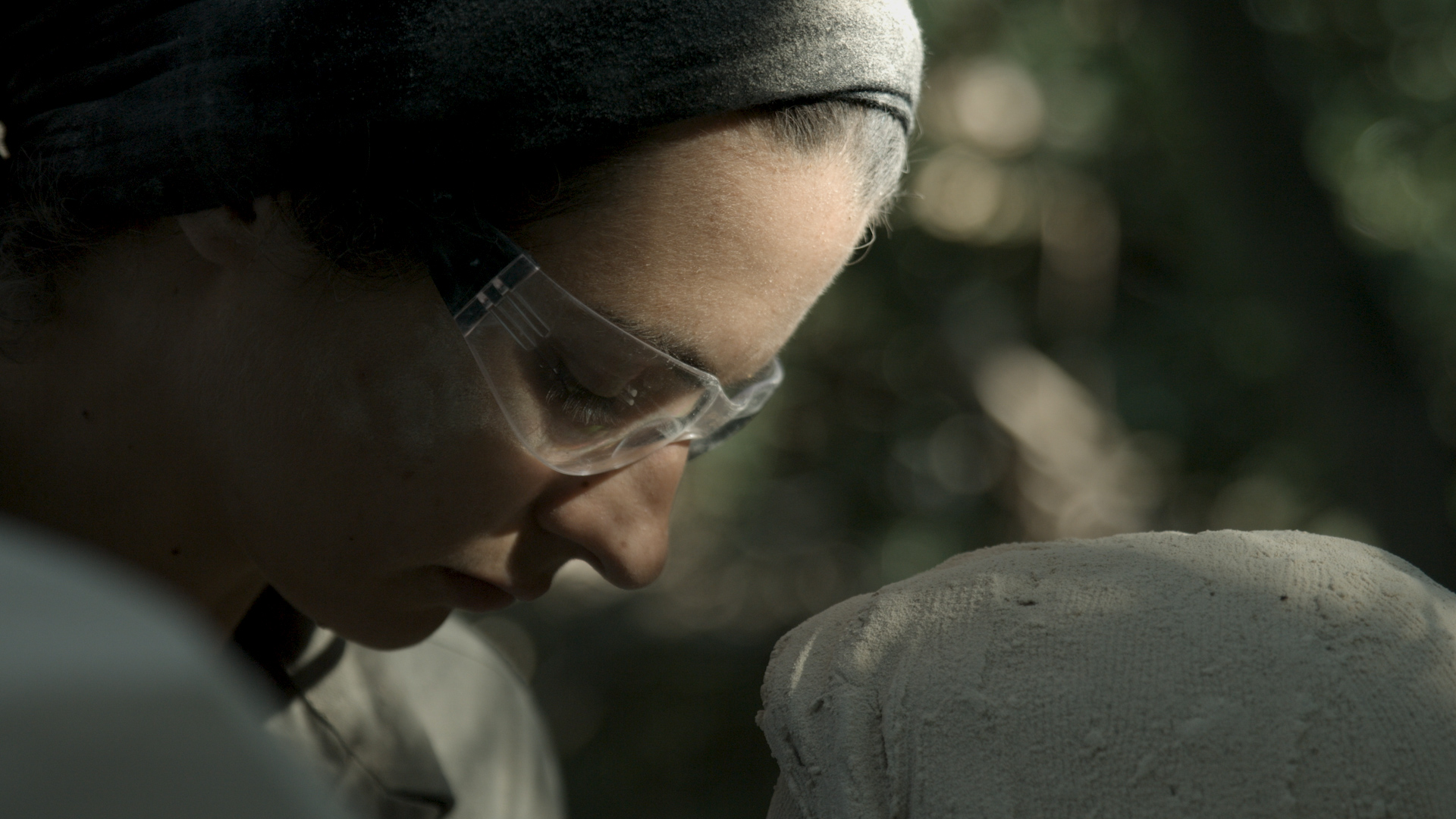
The only downside of the Blackmagic for us was the sound. It doesn’t have XLR inputs so we had to record the sounds separately and then sync them back which was a bit painful but worked out in the end. Marco Malpeso, who also did the music, has done a great job mastering it all together so that it sounds smooth throughout.
In terms of colour and grading, we really didn’t do much except add contrast and saturation and make the FS7 sequence fit with the rest. The colours and light in the studio were just so nice that it was all pretty much there from the get go.
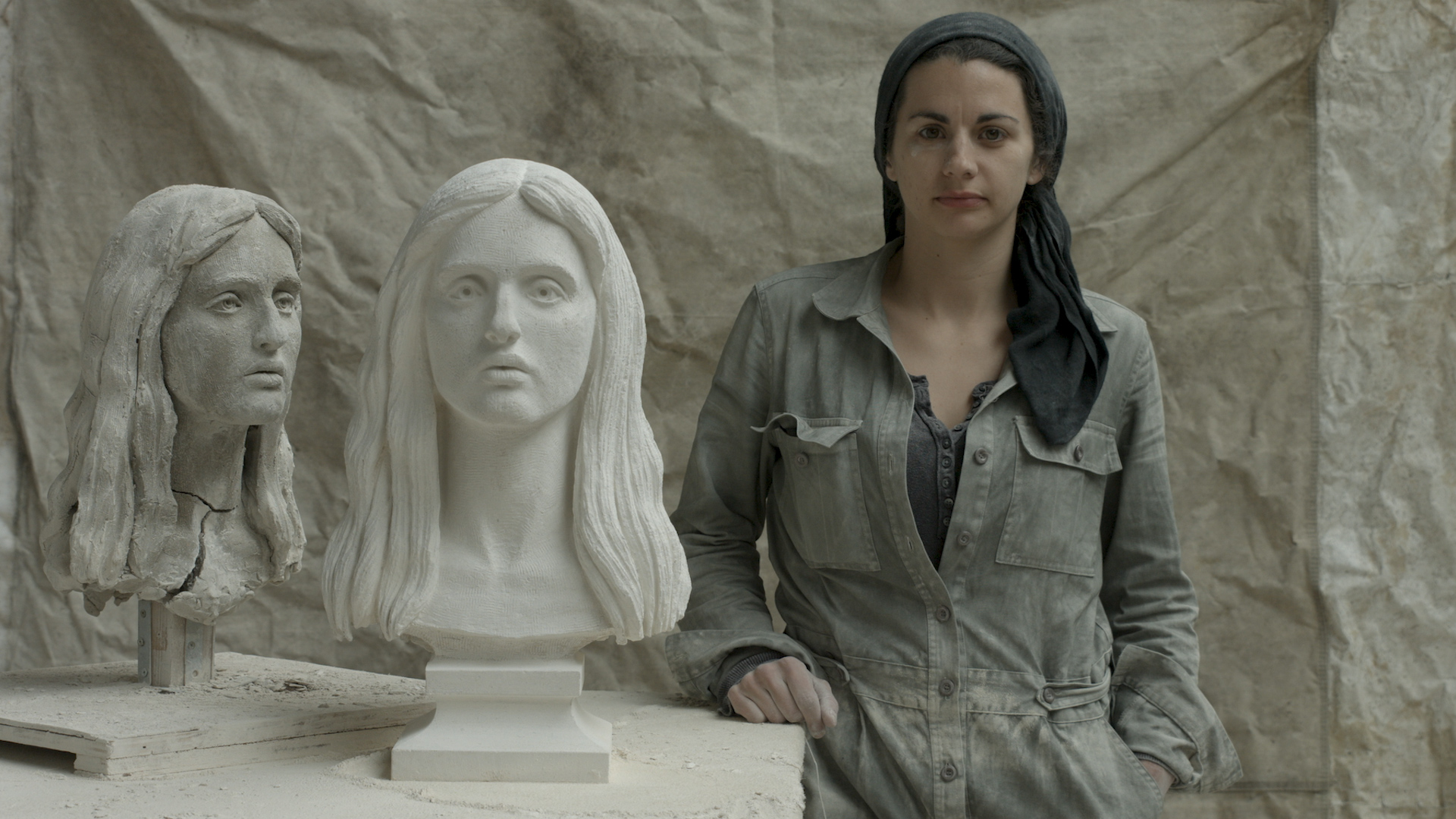
We learn something in every project we do and Anna is no exception. What we thought was the problem in the beginning, the time it would take us to make the whole thing, ended up being our greatest asset in what we hope is a compelling insight into Anna’s profession.
We want to keep making documentaries but we are aiming towards a fresh approach for our next projects. The last three films all feel part of the same vein so we would like to make something a little different in terms of mood and style. We would also like to combine our documentary storytelling abilities with commercial filmmaking. We have a few projects in the pipeline but it’s too early to talk about them.

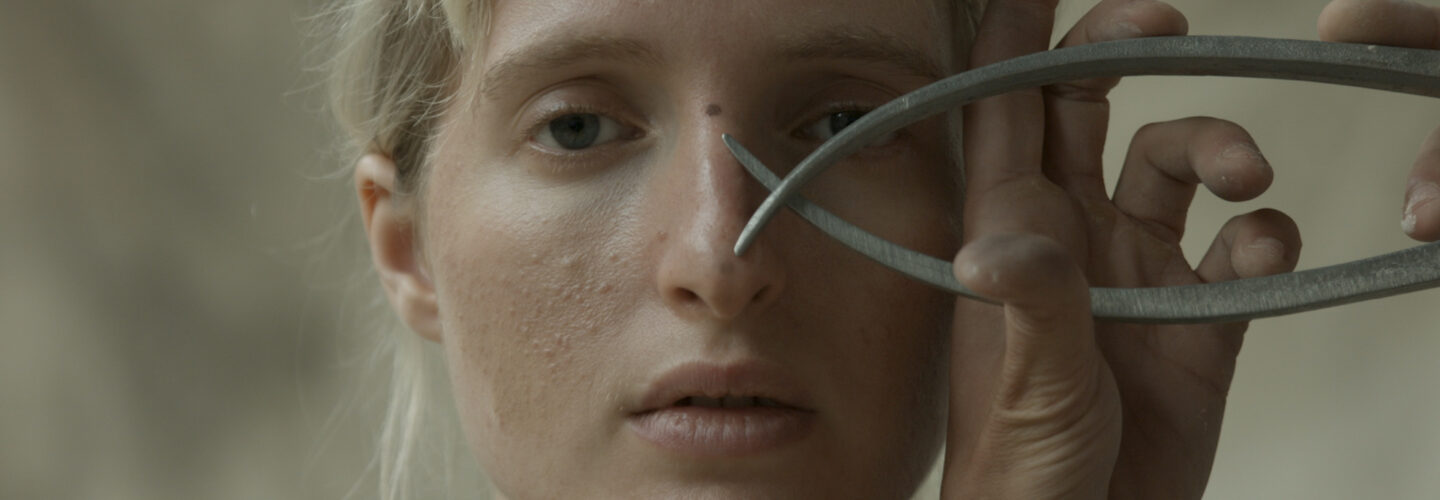

that was great. thanks for taking the time to describe this. that blackmagic camera pulls great light.